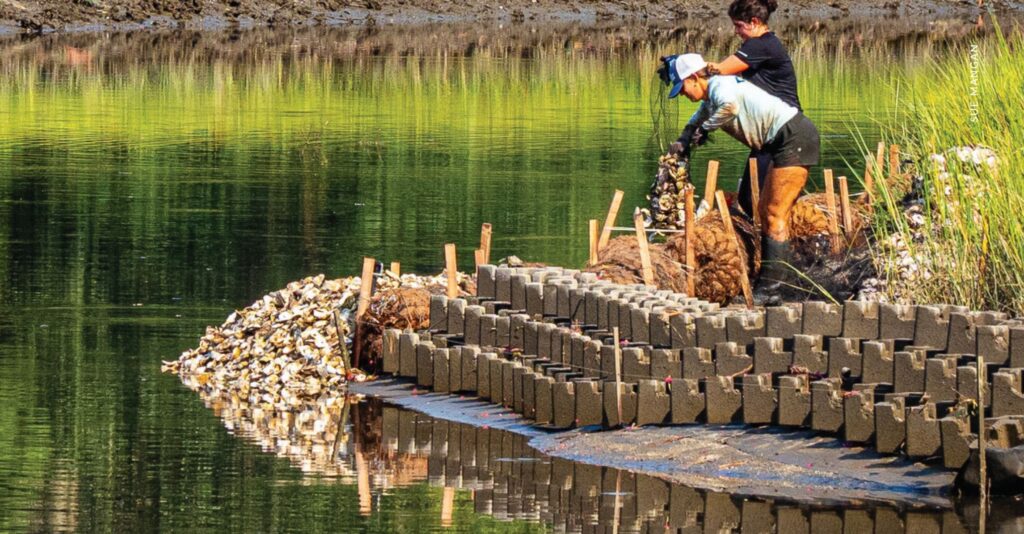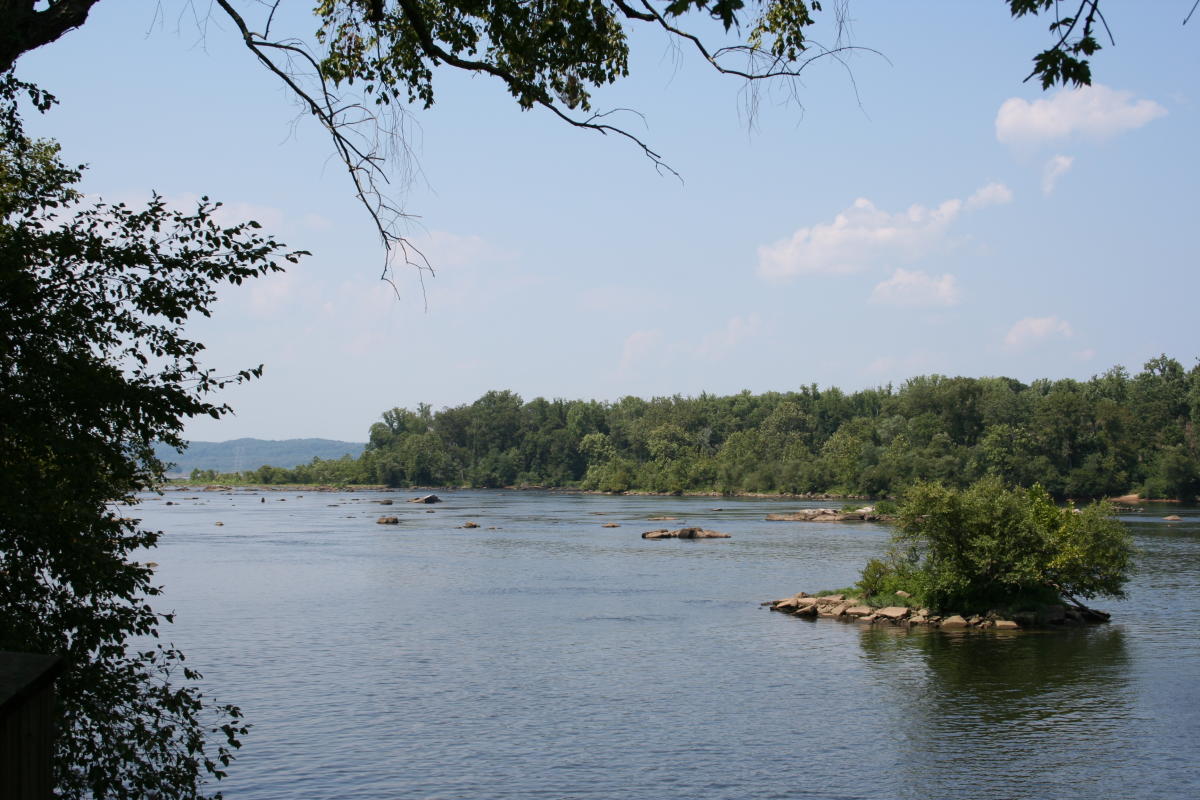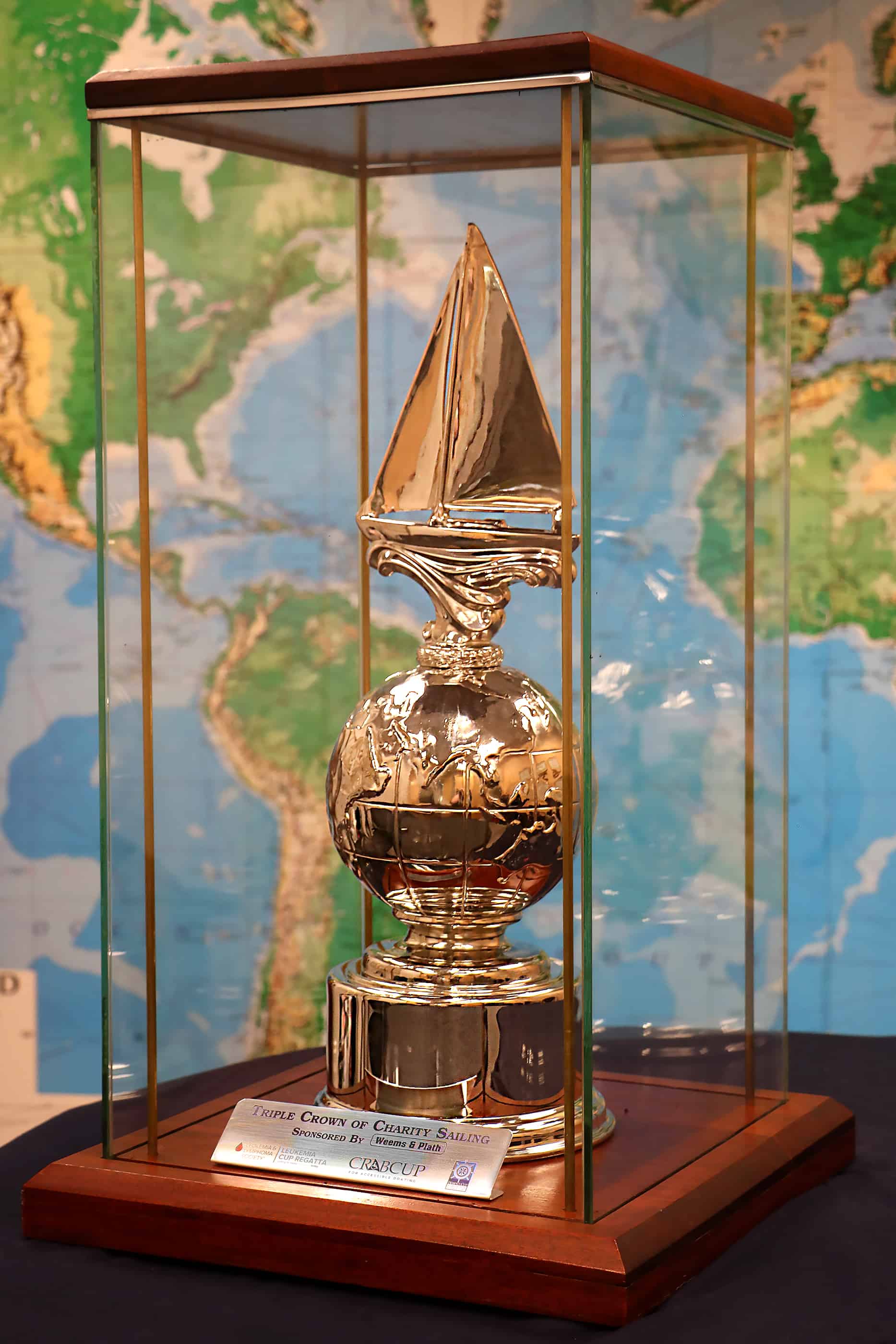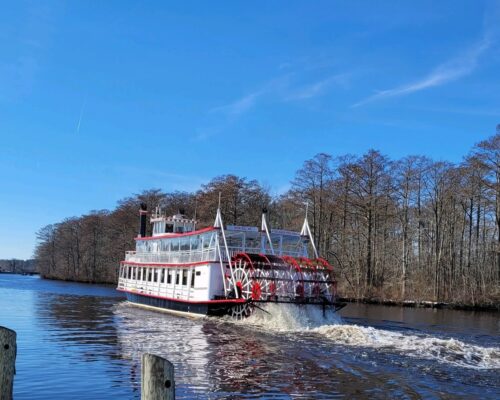The oyster news has been good already this year, as these keystone shellfish appear finally to be on the upswing after decades of dismal news. In January, we reported on “once in a generation” oyster reproduction levels.
With oysters thriving, the Chesapeake Bay Foundation (CBF) believes oysters could play an even more expanded role in improving the health of the Bay ecosystem, while making our Bay more resilient to the changing climate and rising sea level.
CBF just released a new report called Hope on the Half Shell. It details oysters’ recognized values for both filtering the water and for fueling the region’s seafood industry (both wild harvest and aquaculture oysters). It highlights the value of the three-dimensional reefs oysters live on, which serve as fish habitat. Most Bay anglers could tell you fish are attracted to oyster reefs.
But the report also makes specific recommendations to boost aquaculture in Maryland and Virginia, taking advantage of physical, scientific and digital tools. The wild harvest could be managed with the same kinds of sophisticated stock assessment and management systems that have helped stabilize the Bay’s blue crab fishery. It gives strategies to make reef restoration more effective and efficient on oyster sanctuaries, including finding sources of private funding.
What makes CBF’s report stand apart is how much credit it gives oysters in reducing nitrogen pollution and carbon, shielding underwater grass beds and salt marshes from storm damage and protecting waterfront property in the form of living shorelines.
To improve water quality, the study suggests accelerating the pace and scale of large oyster reef builds, building up oyster reefs in 20 Bay tributaries by 2035.
To make economic opportunities for watermen and fishermen, the study recommends restoring and protecting those three-dimensional reef habitats.
The study looks at ways to grow the aquaculture industry in both Maryland and Virginia, tailored to each state. It would give more people a chance to participate in oyster aquaculture with public water access, investing in hatcheries and training budding oyster farmers.
CBF would also recommend boosting the use of oysters and oyster reefs in living shorelines to battle storm surge and sea level rise.
And the Bay Foundation advocates for keeping the wild oyster harvest at target rates to make sure they stay abundant.
Anyone looking to delve further into the report’s findings, including sometimes-controversial topics like the effectiveness of living shorelines, can dig into the report here.
Do some of these steps point the way to a robust stock of Chesapeake oysters that feeds us and strengthening our beloved Bay at the same time? We certainly hope so!




